With manuscript additions showing “the most significant railroad construction venture in Texas” — the Texas & Pacific Railway.
Richardson’s New Map of the State of Texas Including Part of Mexico Compiled From Government Surveys and Other Authentic Documents…1873
Out of stock
Description
Fine, large-format map of Texas, published in 1873. Issued separately as an extra add on to Richardson’s Almanac, it was unquestionably one of the most influential separately published large format maps of Texas of the period and enjoyed widespread circulation.
Richardson’s map was one of the best and most accurate maps of Texas following the Civil War. Hand colored by counties, it is of particular note for its excellent depiction of the existing and planned railroads operating within the State of Texas. The Mail Road to San Diego, Mail Road to El Paso and County and Stage roads are also separately delineated.
Surveyor’s Land Districts
The present map is annotated to include a number of surveyor’s land districts in Northern Texas, as established and defined by An Act To Define The Land Districts of Palo Pinto, Jack, Clay, Young and Eastland, approved April 29, 1874.
- Jack Land District
- Young Land District
- Palo Pinto Land District
- Clay Land District
- Eastland Land District
Texas and Pacific Railway
The present map includes additional manuscript mapping of the centerline and U.S. and Texas reservations set aside for the Texas and Pacific Railway (“Texas Reservation 80 Miles Wide”, “U.S.R. 20 Miles Wide”).
The following is excerpted from Terry Cowan’s paper “History of the Texas Public Domain”:
The Texas and Pacific Railway was the most significant railroad construction venture in Texas:
- The largest grant to a single entity
- A reserved corridor within which the railroad would be constructed
- A set of field notes was recorded and upheld by the Texas Supreme Court
- The state would retain the even-numbered sections
- The surveying turned out to be problematic
- Some grants ultimately lay outside the reserve
In 1857, a centerline description was recorded for the reserve. This locked-in the corridor for eventual railroad construction, and prevented settlement in the area until the railroad was built. The Memphis, El Paso and Pacific Railway won the concession from the state. They would receive eight sections for every mile of track constructed (later increased to ten sections). This centerline became known as the “Line of Recognition,” and it was surveyed and marked with mile posts every mile. These markers were earthen or stone mounds. Significantly, this was the centerline of the reservation, not the centerline of the railroad that would be constructed. Field notes were filed in each land district and in the General Land Office. The Supreme Court ruled that this field note description was valid, even though the boundaries of the reservation were not marked. This reserved the strip from settlement. The “T&P” underwent several bankruptcies and reorganizations, but finally completed the railroad across Texas, meeting an east-bound tract from California at Sierra Blanco on December 16, 1881.
The manuscript information is almost surely derived from Colton’s rare “Map of the State of Texas, showing the Line and Lands of the Texas and Pacific Railway” (1873), which was included in the pamphlet Notes on Texas and the Texas and Pacific Railway. Compiled from Official and other Authentic Data.
Cartographer(s):
Condition Description
Minor damage and soiling along folds.
References
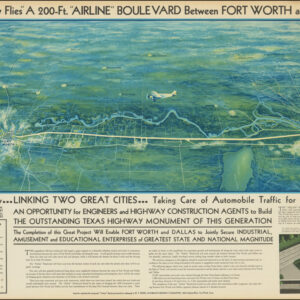
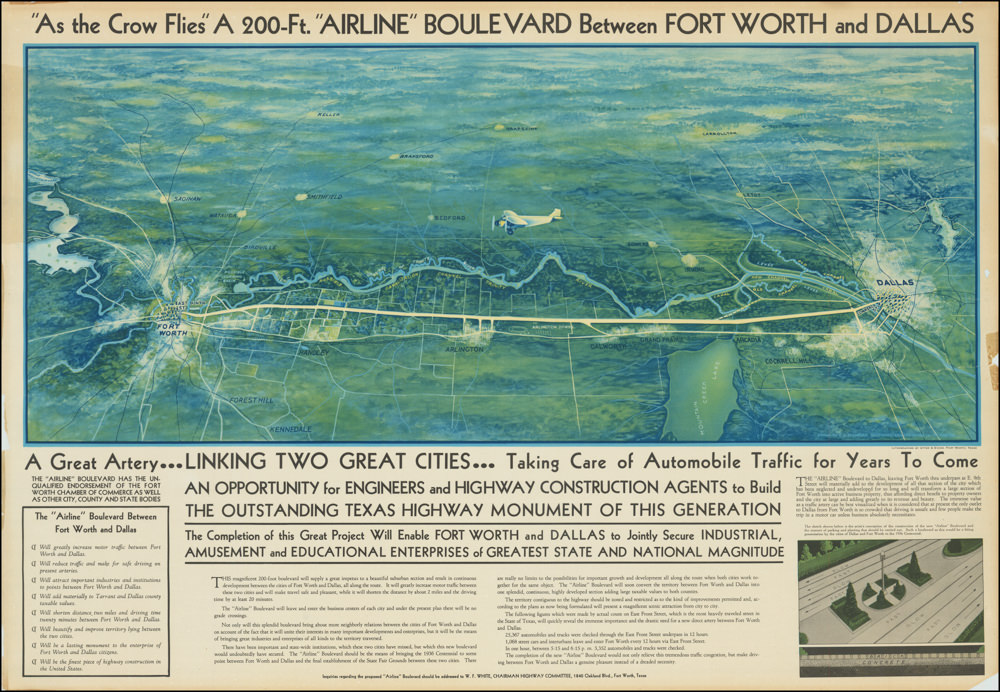
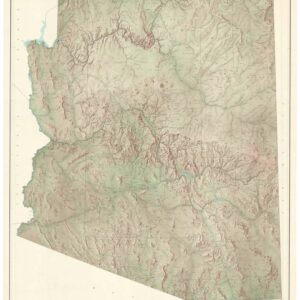
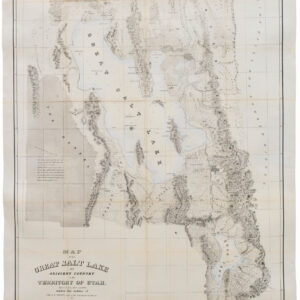
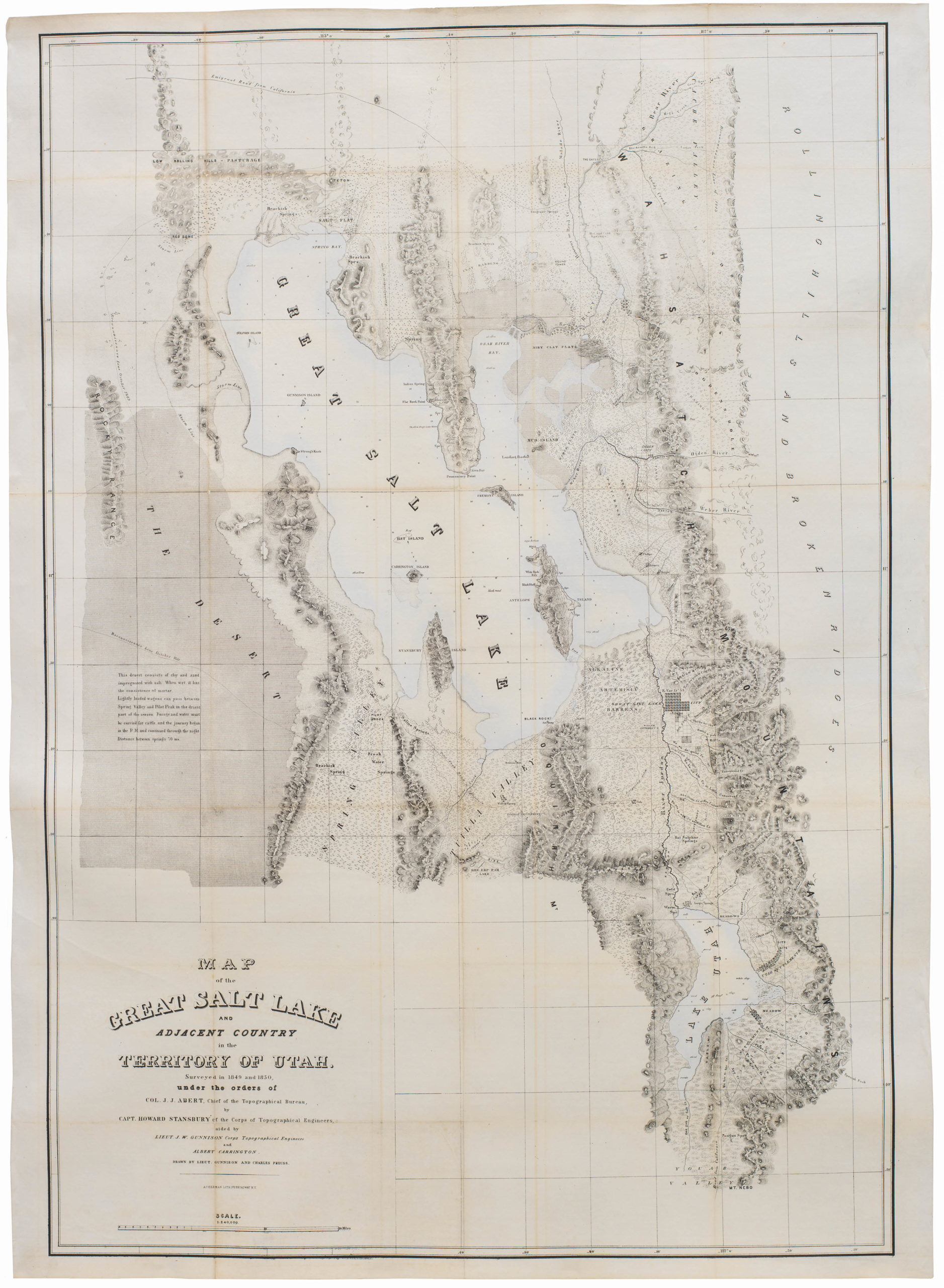
![[Morenci, Arizona Photograph Album]](https://neatlinemaps.com/wp-content/uploads/2024/05/NL-01915_thumbnail-300x300.jpg)